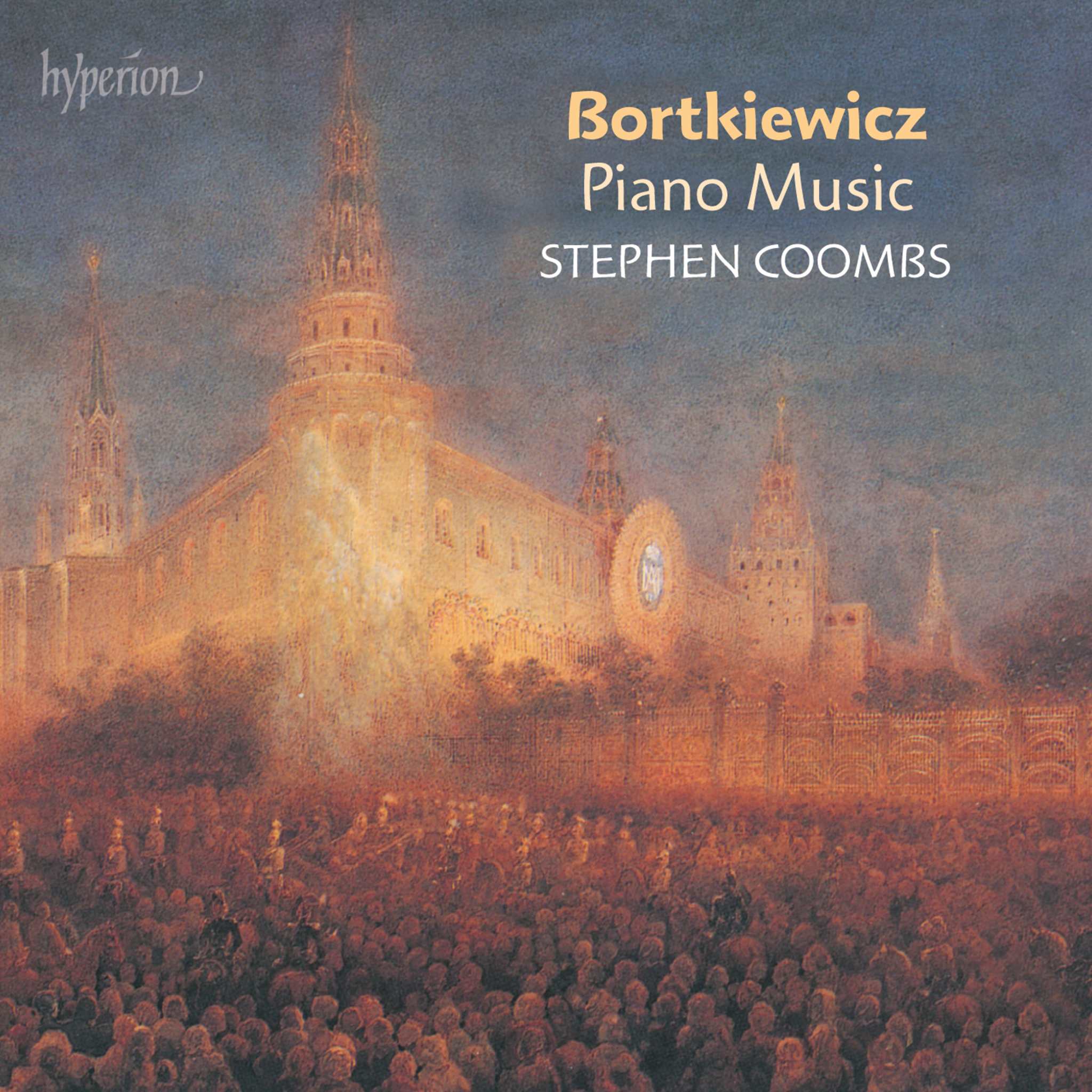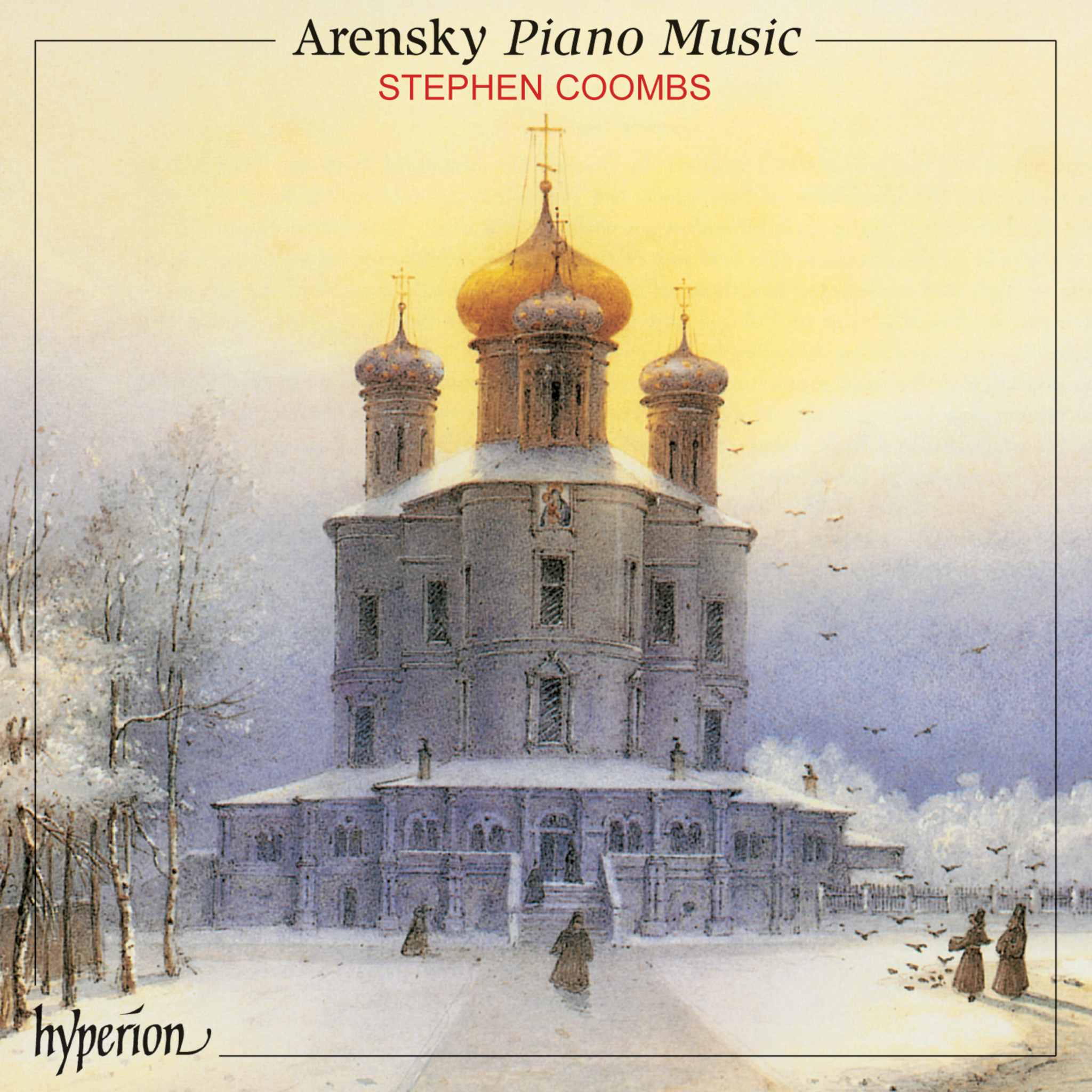Album insights
In 1807, Beethoven composed the Mass in C Major on commission from Prince Nikolaus Esterházy, despite his established reputation as a composer of instrumental works. He lacked experience in composing church music and had never set a Mass text before, except for one later on with the Missa solemnis over a decade afterward. The shadow of Haydn's famous masses, who was still alive at that time, cast doubt on Beethoven's attempts, making it challenging to fulfill the commission. Beethoven found it so difficult that he felt compelled to write a letter to Prince Esterházy in late July 1807, apologizing for the delay and promising to deliver the completed work by August 20. The Mass was first performed on September 13 in Eisenstadt as part of a name-day celebration for Princess Maria Esterházy, but Esterházy was disappointed, leading Beethoven to forgo dedicating it to him. Eventually, when the Mass was published by Breitkopf & Härtel in 1812, it was dedicated to Beethoven's patron, Prince Kinsky.
The Mass in C did not sit well with the poet and critic E.T.A. Hoffmann, who critiqued the published score in 1813 in the Allgemeine musikalische Zeitung. Hoffmann believed ideal church music was composed in the unaccompanied contrapuntal tradition following Palestrina. The challenge during the early 19th century was combining old aesthetics with newer instrumental music, which Hoffmann believed provided immediate access to the metaphysical or "spiritual world" without relying on linguistic expression. Hoffmann felt let down by Beethoven's Mass due to expectations of a more profound approach. Despite Hoffmann's reservations on the general character of the Mass, he praised its inner structure and intelligent orchestration, attributing these aspects to Beethoven's genius. However, Hoffmann's omission of Beethoven's church music in all his 1814 essays suggests a fundamental rejection of this aspect of the composer's work.
Hoffmann's essays reflect a time of religious resurgence as the Napoleonic era came to a close. Religious music had been declining, evident in the five years between the composition and publication of the Mass in C. Concerns over unfavorable comparisons prompted Beethoven to try selling the piece to Breitkopf in early 1808. Initially hesitant to sell the instrumental works without the Mass due to lack of demand for religious works, Beethoven insisted on the Mass's potential success. Later on, he resorted to offering it as a "gift" to Breitkopf to ease publishing costs, changing his approach.
Beethoven leveraged the concept of originality early to market the Mass to Breitkopf. Despite traditional elements in the composition, the Mass in C showcased personal and dramatically expressive responses to the liturgical texts. The work revealed a deeper exploration of faith, doubt, and affirmation through innovative musical choices. Noteworthy sections highlighted Beethoven's ability to illustrate complex emotions musically, indicating a level of depth beyond what critics like Hoffmann perceived.
An unusual and moving aspect of the Mass is the re-introduction of the "Kyrie" music in the final measures of the piece. Beethoven's unique reinterpretation of the "Kyrie eleison" theme demonstrates his mastery in creating motifs and conveying deeper spiritual meanings through instrumental music. The choice to revisit this music showcases a new awareness of grace and prayer, underscoring the brilliance of Beethoven's musical expression.
The excerpted pieces Ne' giorni tuoi felici and Tremate, empi, tremate were exercises in setting Italian texts to music, highlighting Beethoven's studies under Salieri around 1801–1802. These pieces were part of a didactic phase meant to prepare him for operatic composition. Ah! perfido stands out as an exceptional contribution to the genre of concert arias and was performed at a concert in 1808 alongside other significant works. Beethoven's exploration of vocal composition during these phases laid the groundwork for his later operatic achievements.




